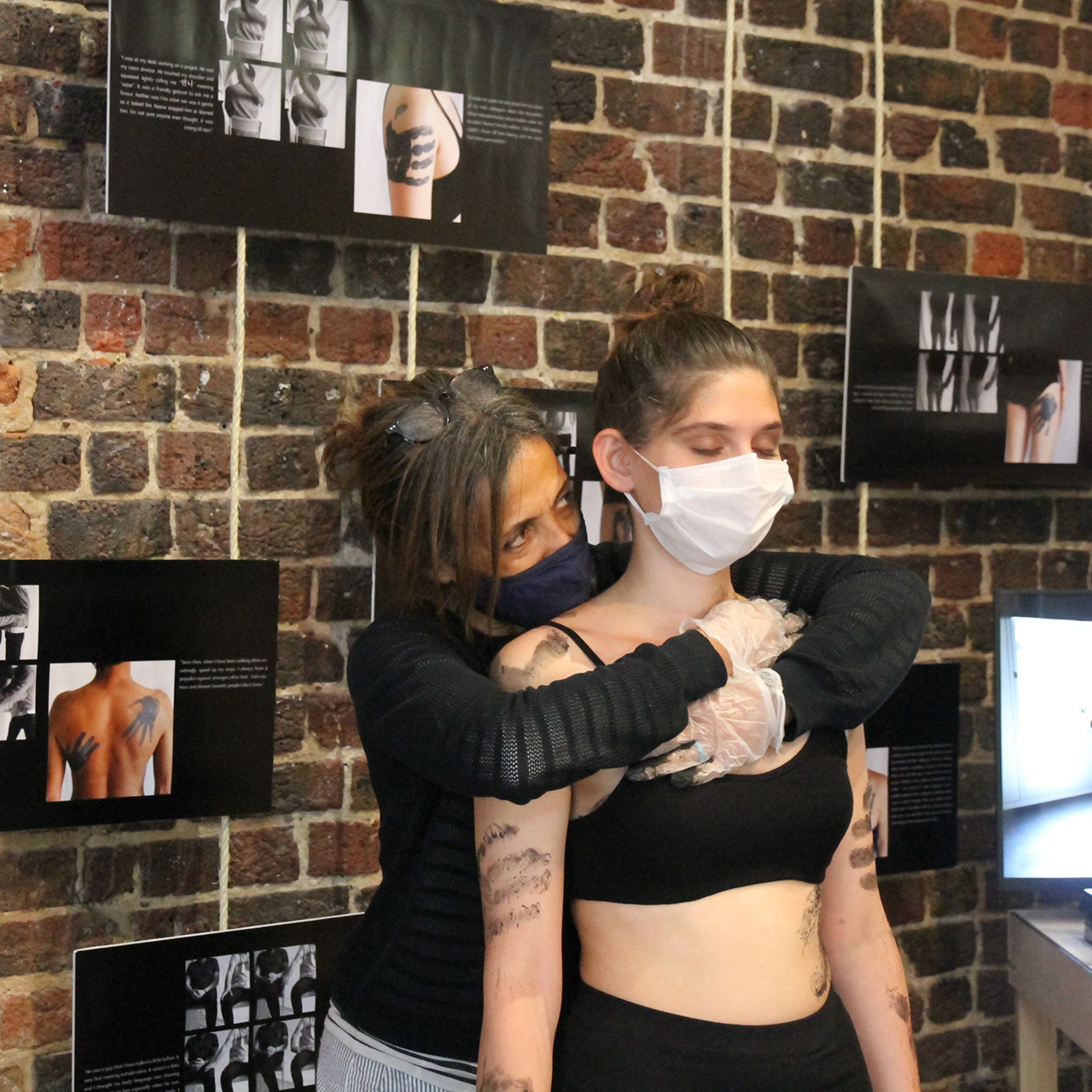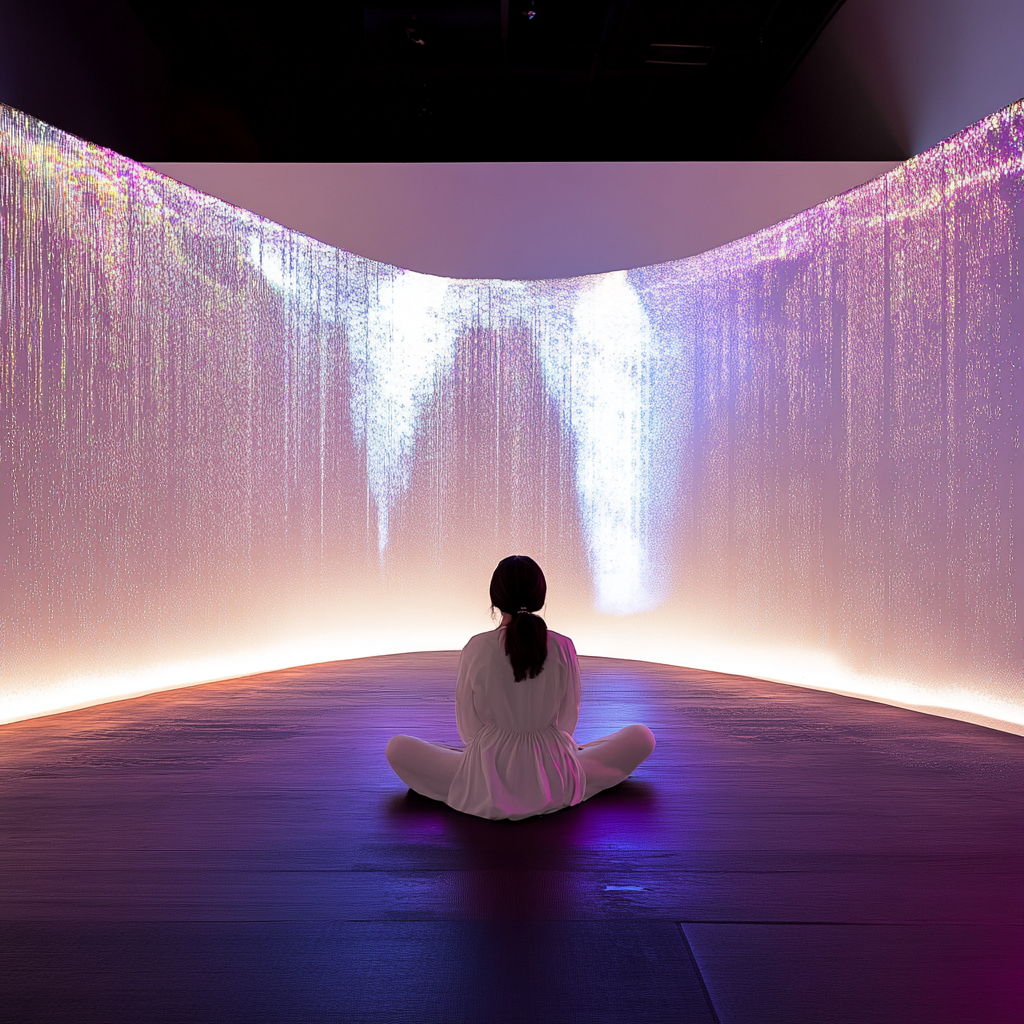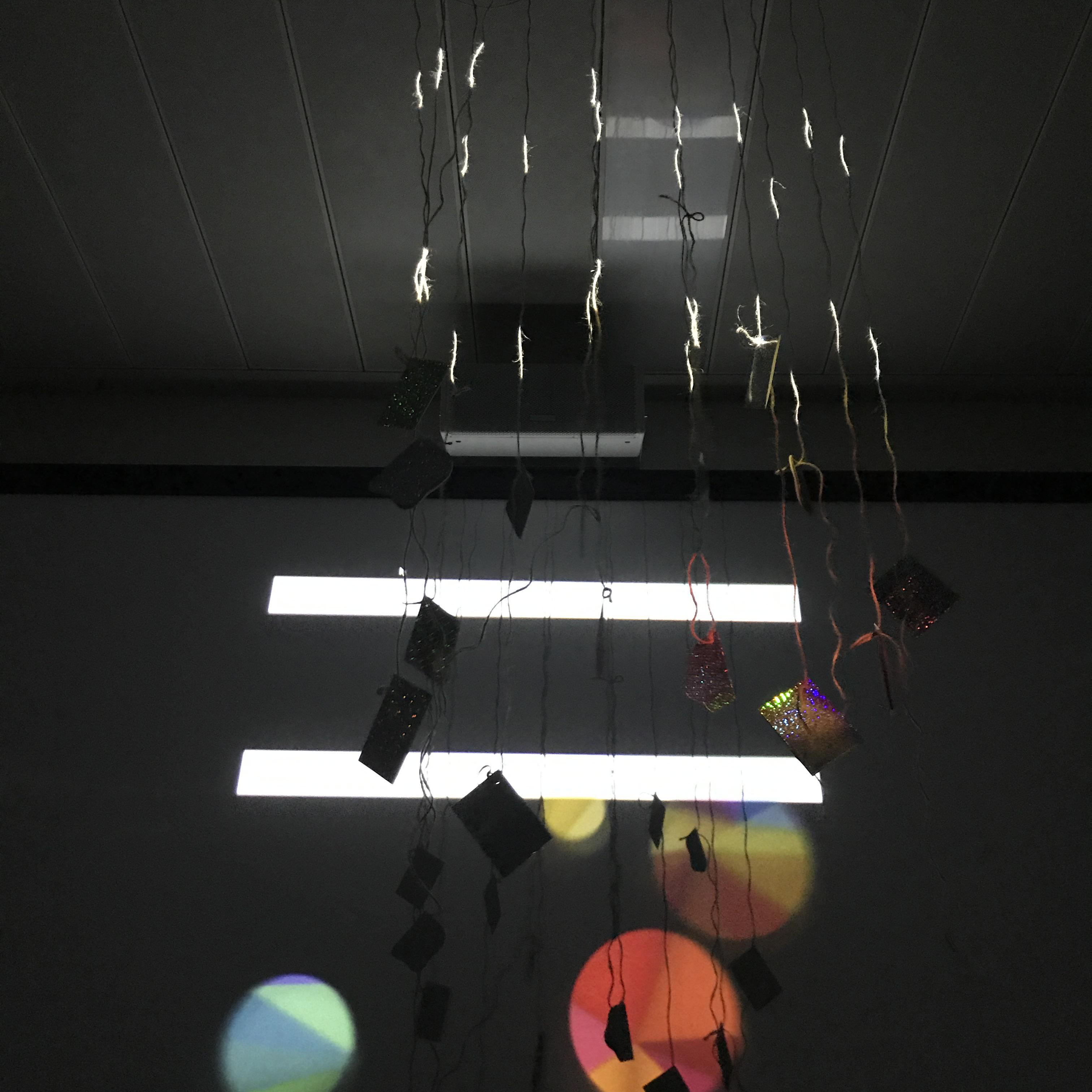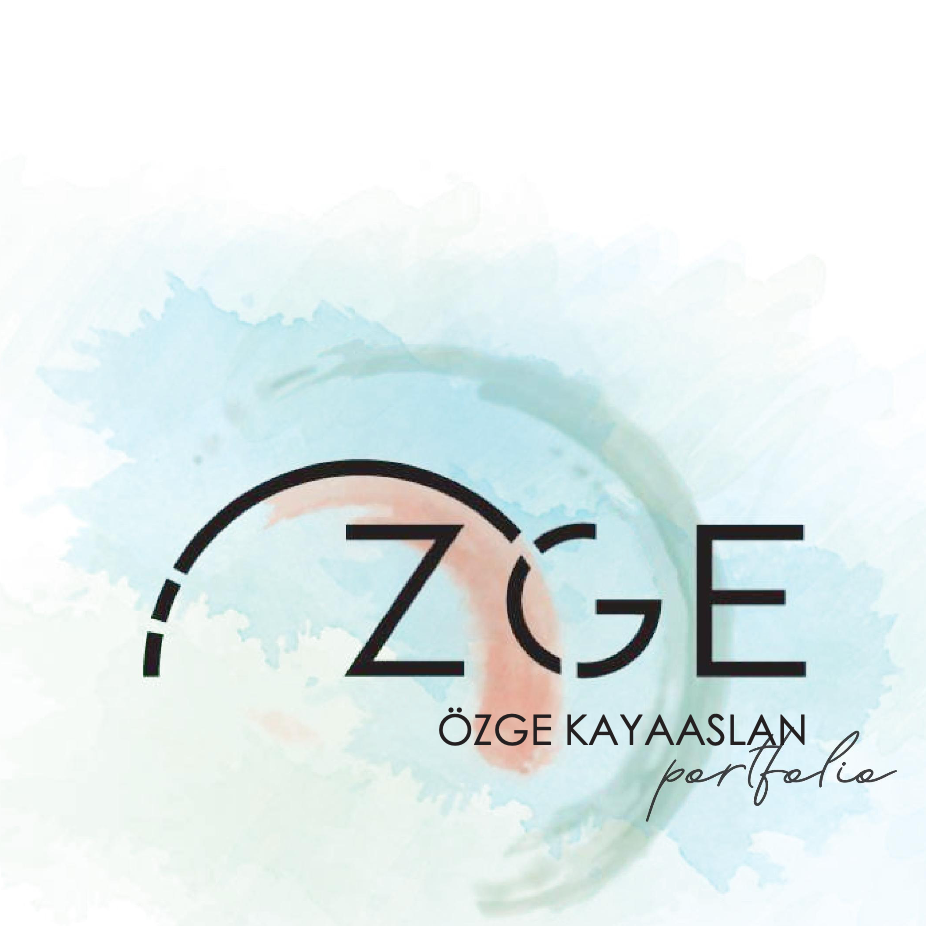The Museum of Touch is a speculative experiential design project, inviting us to imagine a future where digital interactions have almost completely replaced physical contact. This exhibition asks questions about the impact of such a future: What would we lose if touch disappeared? How would it affect our empathy, our relationships, our understanding of one another? As human connections become more virtual, the significance of gestures fades into history. This speculative museum seeks to exhibit 'ancient' hand gestures, treating them as relics from a past where people connected physically.
Casted hand esture scuplture photos merged with Adobe Firefly Ai generative.
Each gesture sculpture is displayed as an "ancient movement," a preserved remnant of humanity’s once-essential social fabric. Alongside the sculptures, videos show scenes from the early 21st century, illustrating how these gestures were used to communicate emotions and build connections. The museum is designed to evoke a sense of nostalgia, allowing visitors to see these gestures through the eyes of a future generation—one that might be both fascinated and puzzled by these forms of interaction.
In the interactive part of the exhibition, the sculptures are open, allowing visitors to reach out and place their hands upon them. At first, the sculptures are cold and stark, rendered in a pale, lifeless tone, embodying the loss of warmth and connection in this imagined future. But when touched, something remarkable happens.
The point of contact between the visitor and the sculpture begins to change, transitioning from cold white to warm, vibrant colors that spread from the area of touch. The color shift is accompanied by a gentle warmth, making the sculpture feel almost alive, as if human touch has revived it from its dormant state. The rest of the hand remains cold and colorless, highlighting the contrast between connection and isolation.
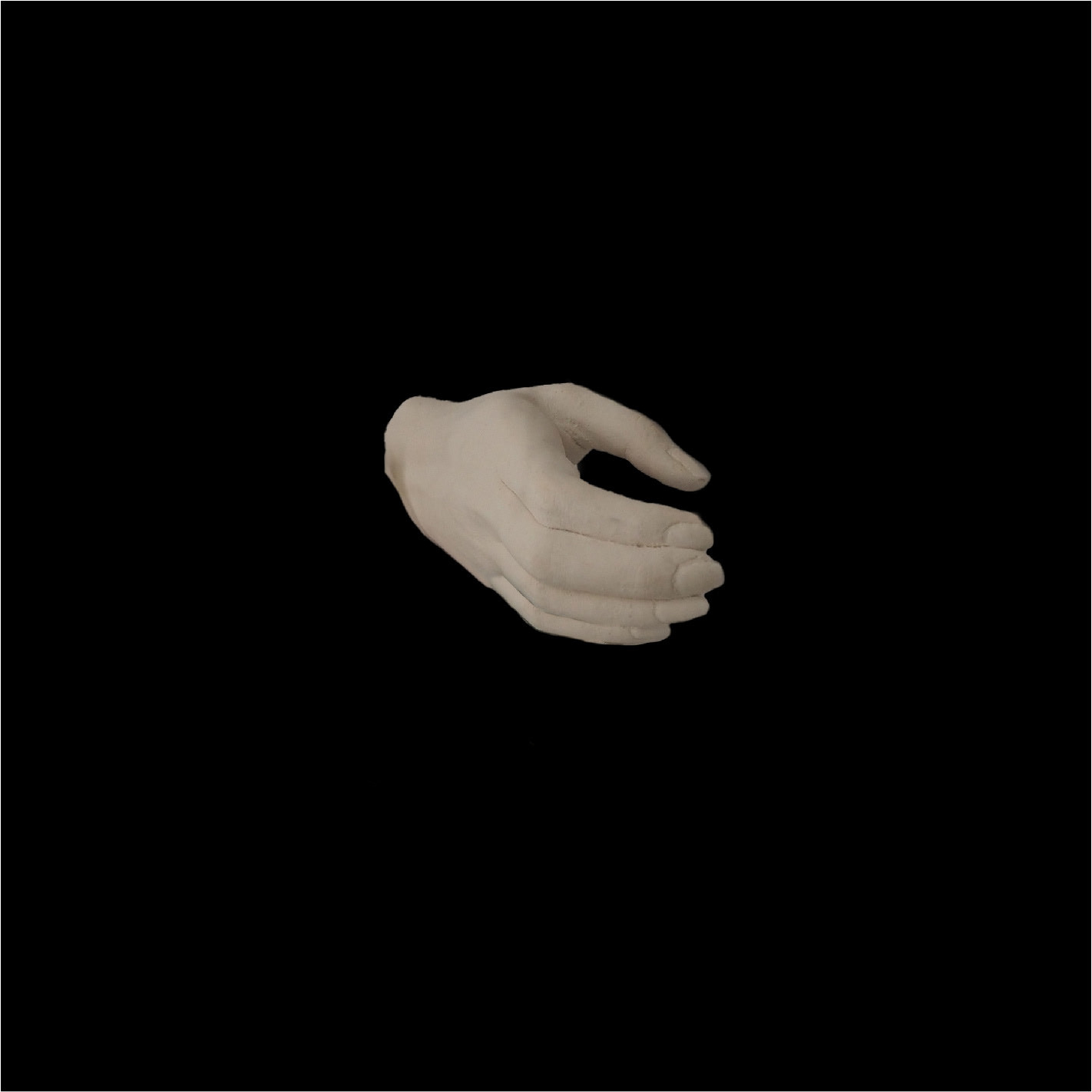
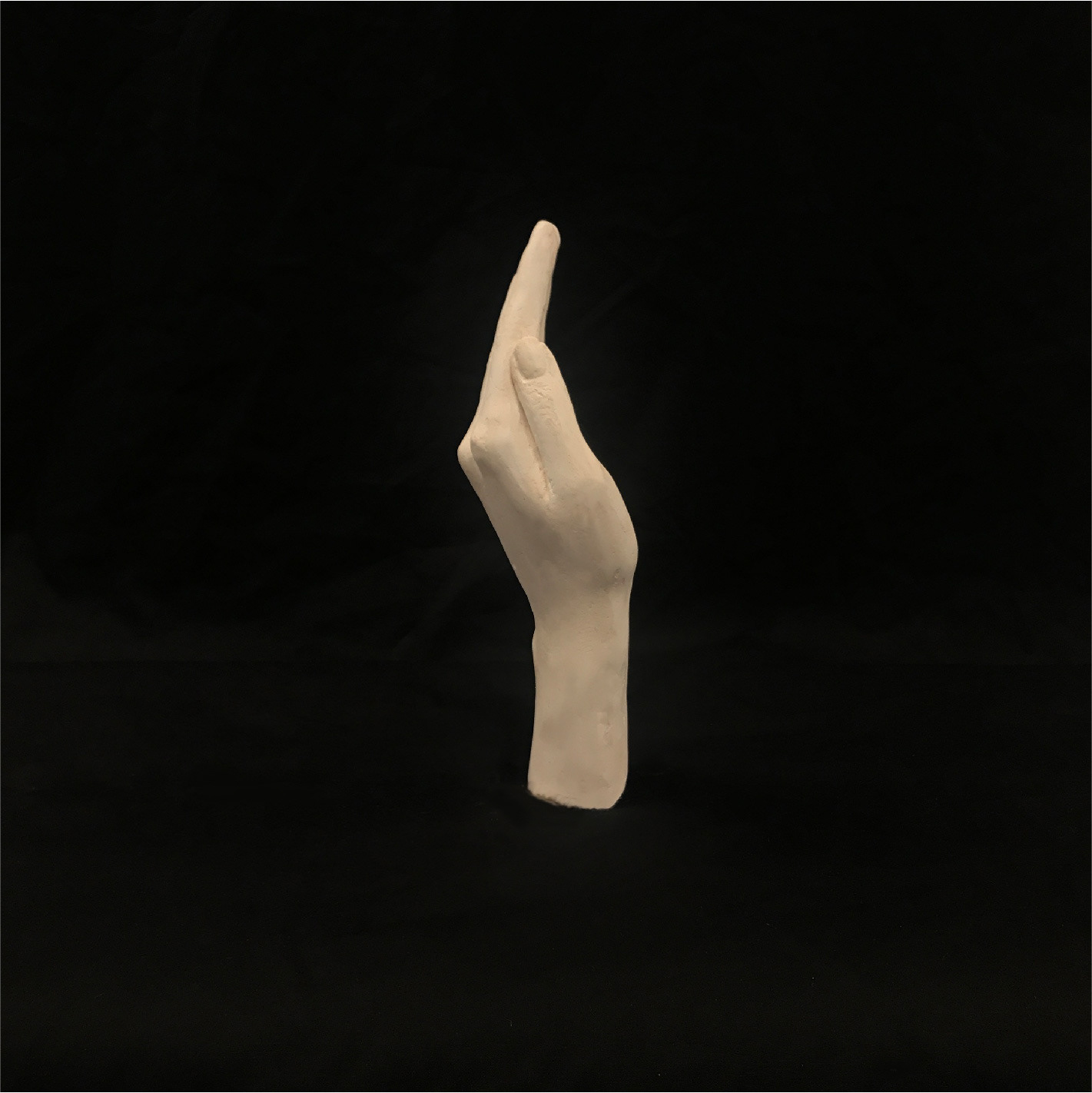
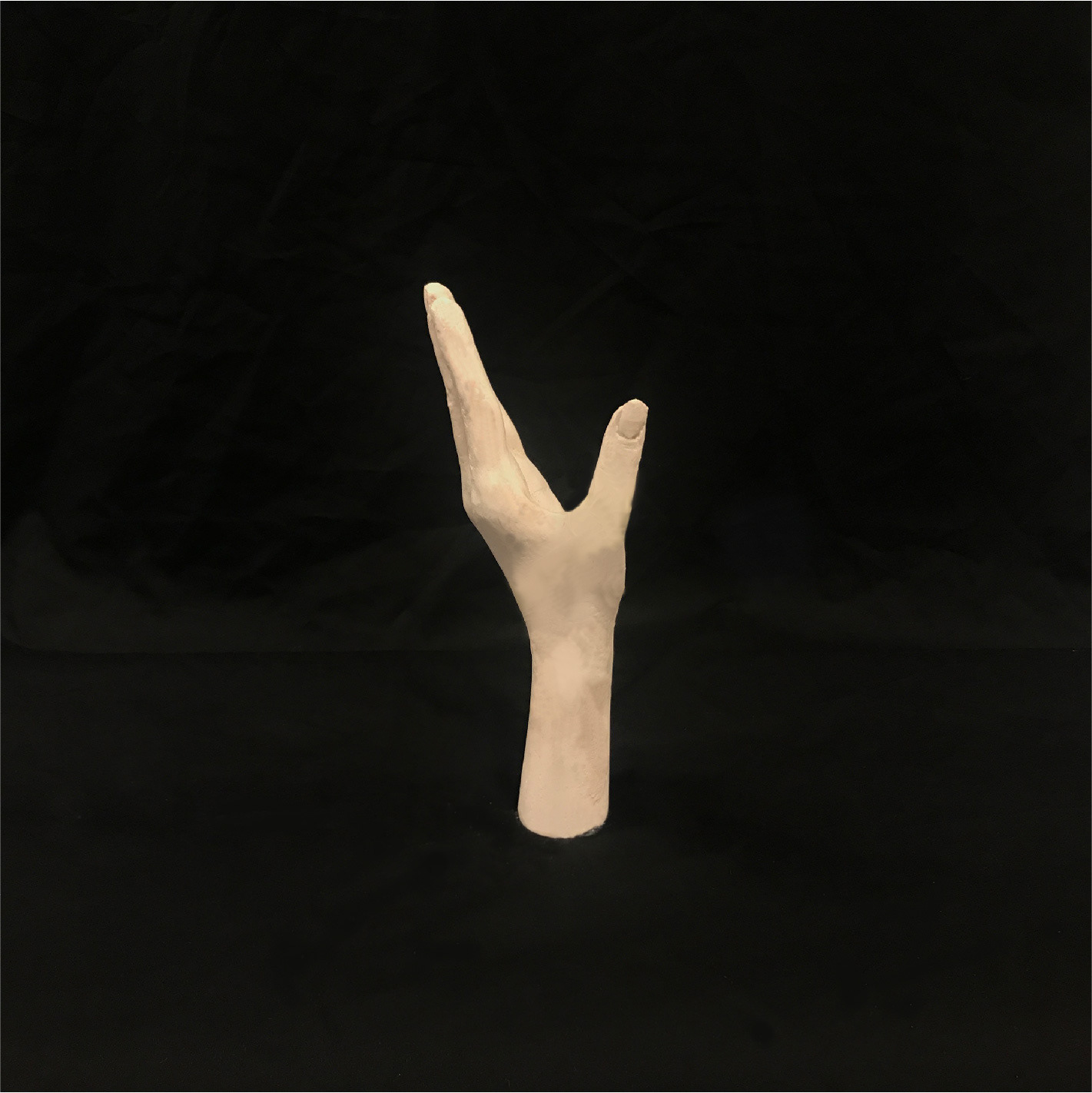
Original Gesture Sculptures casted with plaster.


